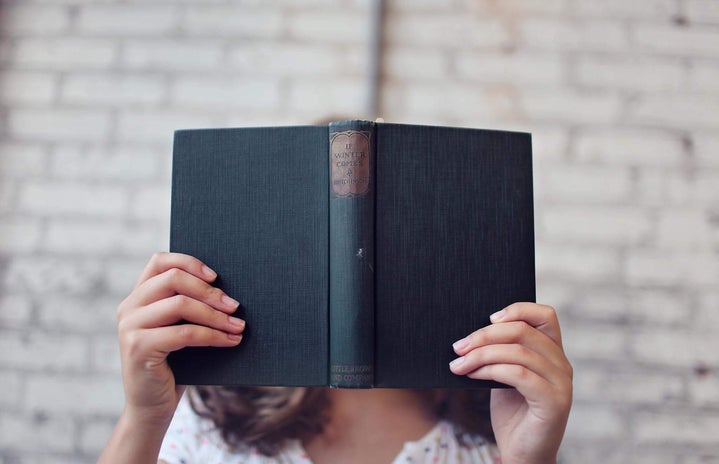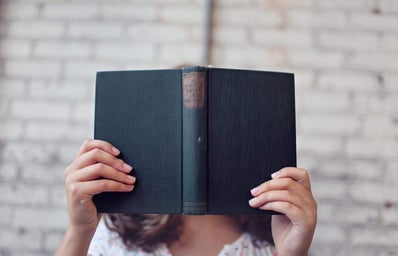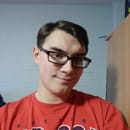Editor’s Note: The following is part of a four-part series by Madeline McKeon, in which she compiles a list of books reflective of each of the four houses in the “Harry Potter” series.
“What’s your Hogwarts House?” was one of the first questions that an admissions counselor asked during my first college interview. I thought it was an odd question at the time—do they immediately throw out Slytherins? What happens if you’ve never read Harry Potter? It is, in retrospect, a pretty insightful question though. Your Hogwarts House—self-chosen or determined by the Internet Gods—is supposed to correlate with your most significant traits. Gryffindors are bold and courageous, Hufflepuffs are loyal and kind, Ravenclaws are wise and thoughtful, and Slytherins are ambitious and cunning. People’s (sometimes terrifyingly aggressive) pride in their house has finally bled into people’s reading habits outside of the Harry Potter series. The Sorting Hat Challenge is simple. What books have you read that echo the essence of each house?
Ravenclaw: “Wit beyond measure is man’s greatest treasure.”
We’re going to start with Ravenclaw because it’s the best (read: my) house. Ravenclaw is the home of people devoted to creativity and thoughtfulness. Ravenclaws are generally quite academic but also have a tendency to be free spirits who think outside the box.
1. The Daily Show: An Oral History by Chris Smith
The Daily Show revolutionized both comedy and the way people consumed the news. An Oral History compiles interviews with the crew, correspondents, producers, and of course, Jon Stewart, to tell the story of how the Daily Show developed into the cultural touchstone it is today. And it is honest. It goes straight into the dirt of the interpersonal dynamics of the staff and includes many of the show’s critics’ opinions of the show and Stewart.
2. Mindfulness by Ellen Langer
Ellen Langer is a Harvard psychologist whose work has focused on primarily on the idea of mindfulness versus mindlessness. She discusses the benefits of becoming more aware of ourselves and our actions as well as the potential consequences of perpetual mindlessness.
3. The Invention of Hugo Cabret by Brian Selznick
Is this a children’s book? Yes. Should you read this? Definitely. Hugo Cabret is a story about a young boy living in a train station in Paris stealing food and mechanical parts to fix his father’s mysterious automaton. He pursues this mission with the help of his friend, Isabelle, and her secretive godfather. Featuring beautifully expressive pencil drawings to tell the majority of the emotional narrative, this book is a creative triumph.
4. Pride and Prejudice by Jane Austen
If you don’t want to marry Mr. Darcy, you’re lying to yourself. Pride and Prejudice is one of those books that actually lives up to its hype. It’s also the perfect book for a Ravenclaw looking for romance. Mr. Darcy and Elizabeth Bennet are a meeting of true minds.
5. Life of Pi by Yann Martel
This book tells the story of P who loses his entire family in a shipwreck and ends up drifting through the sea with a tiger named Richard Parker. This book manages to pack a lot in: discussions of religion and spirituality, adventures involving flesh-eating plants, and an uneasy sense that everything you understood to be real, probably isn’t.


